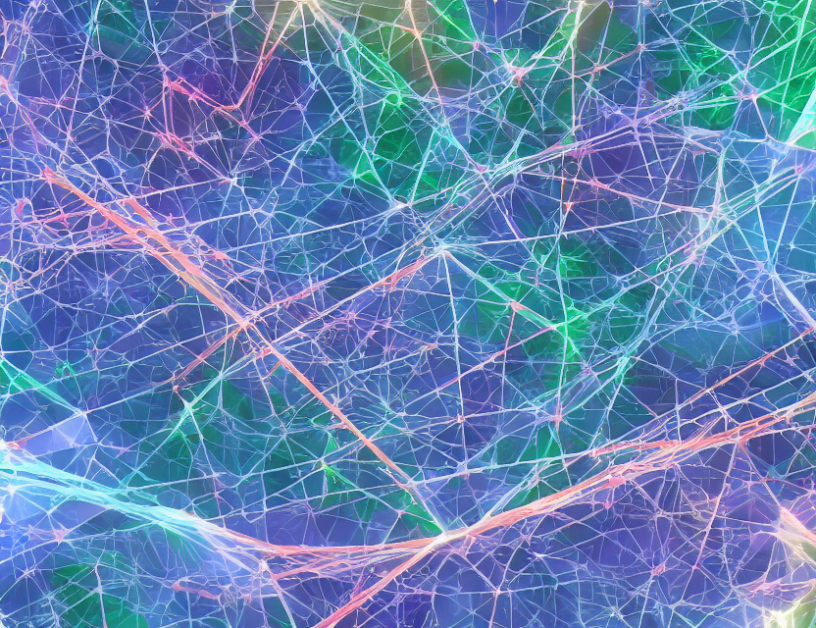Deep learning models have shown remarkable performance in various fields, but they come with a significant drawback – their large size. This has led to the development of compression methods that significantly reduce the model size without compromising its performance. In this article, we will explore the different approaches to compressing deep learning models and their applications.
Pruning
One approach to compressing deep learning models is pruning, which involves removing unimportant weights during training. Research has shown that pruning can significantly reduce the model size without affecting its performance. In fact, some studies have found that pruning can lead to better performance in certain cases. However, pruning can be computationally expensive, and it may require multiple iterations to achieve optimal results.
Quantization
Another approach to compressing deep learning models is quantization, which involves reducing the precision of the model’s weights and activations. Quantization can significantly reduce the memory requirements of a model without affecting its performance. In fact, some studies have found that quantization can lead to faster inference times for large models. However, quantization may require additional computational resources during training.
Sparse Model Representation
A recent approach to compressing deep learning models is sparse model representation, which involves representing the model as a sparse matrix. This approach has been shown to be effective in reducing the memory requirements of large models without affecting their performance. In fact, some studies have found that sparse model representation can lead to faster inference times and improved generalization.
Conclusion
In conclusion, compression methods have become an essential tool for deep learning models due to their large size. Pruning, quantization, and sparse model representation are some of the approaches that have been developed to compress deep learning models. These methods have shown promising results in reducing the memory requirements of models without affecting their performance. As deep learning continues to grow in complexity, it is essential to develop more efficient compression techniques to keep up with the growing demands of the field.



